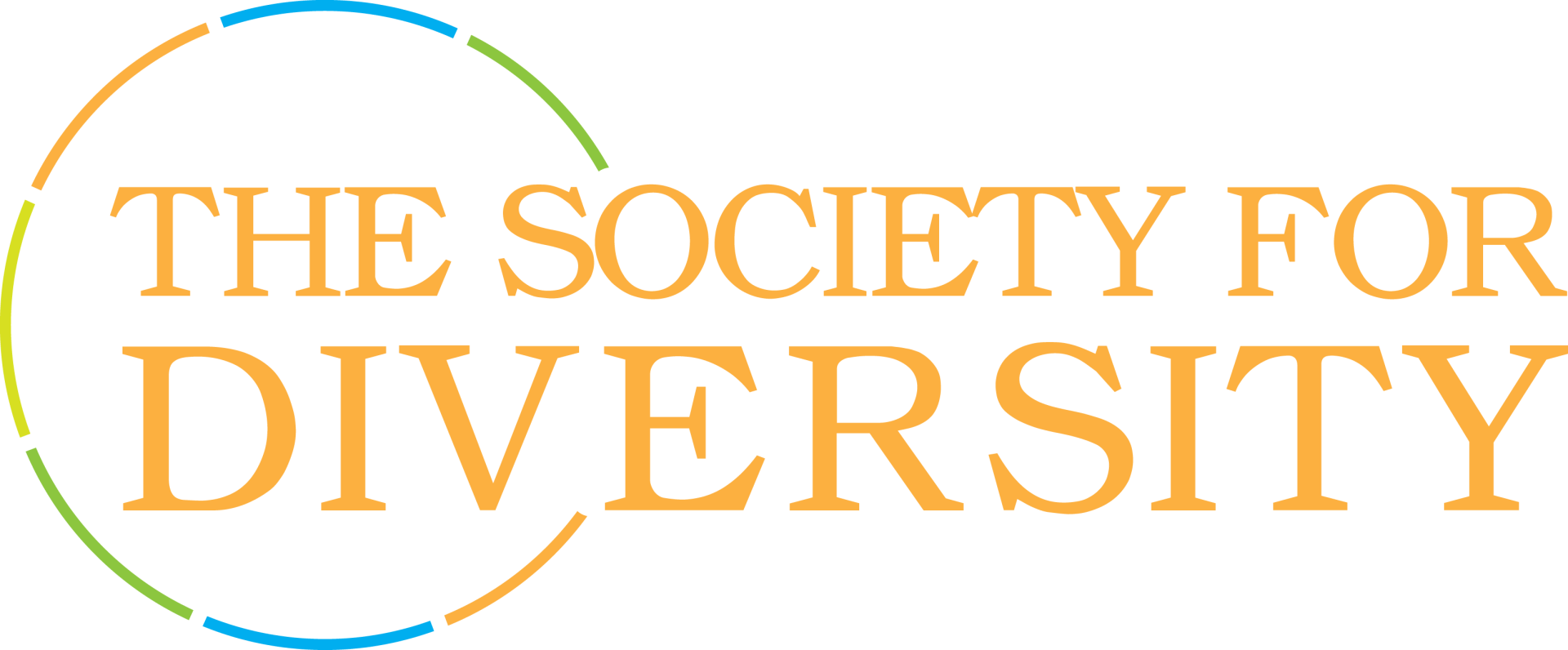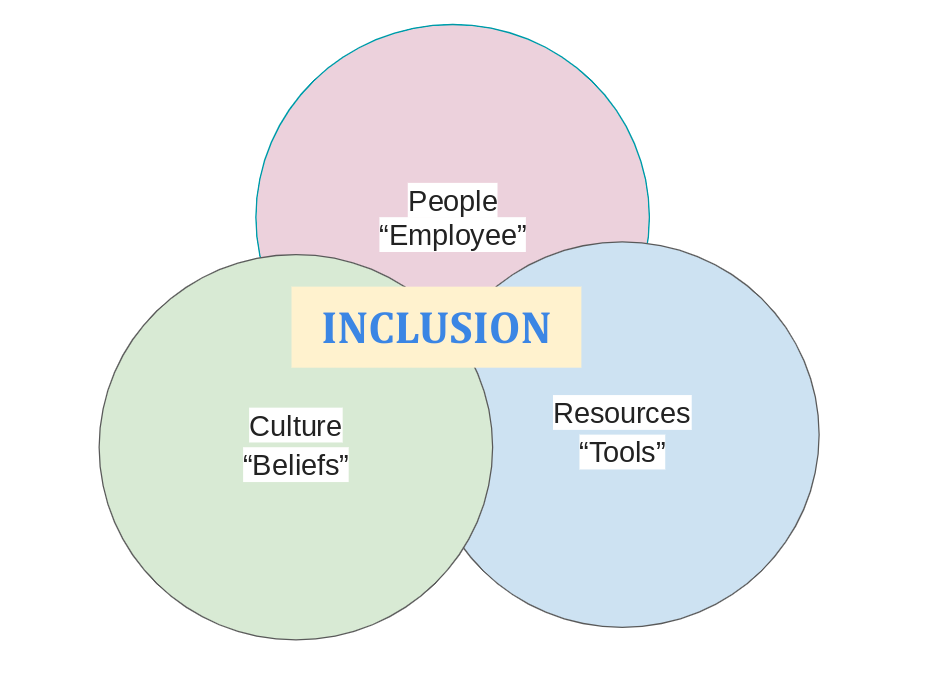People (Employee): Included employees can provide diverse perspectives to help solve company issues. When employees feel heard and/or are highly regarded for their creative input, it promotes employee engagement. Optimizing sustainability and reducing resistance when organizations are facing small or larger transformational changes. Included employees feel respected, heard, and part of the bigger picture.
Resources (Tools): Inclusion resources or tools are platforms for employees to share new ideas, demonstrate their creativity, offer their experience and an opportunity to learn from each other. Employee Resource groups are a great example of how companies could learn about their internal talent. Companies that offer ERGs (have a higher employee engagement). Another example is the organizations that incorporated inclusion goals into employees’ annual performance this will ensure employees understand the true meaning of inclusion. Promoting employee engagement could raise hidden talent amongst employees. This could encourage a stronger employee allegiance and decrease turnover.
Lastly, Culture(Beliefs): An included culture is a safe space that also creates growth opportunities for marginalized groups. The organization’s efforts towards inclusion must mirror their website’s language (aka they must walk the talk), and their actions must also be echoed by the employee’s experiences.
Inclusive culture is safe and “on-growing” (that is they’re continuously growing), and will significantly impact the bottom line. The opposite is also true for cultures that lack inclusion, they tend to have higher levels of distrust, skepticism, and uncertainty.
A truly inclusive environment respects and leverages employees' diverse perspectives, invests and promotes the best tools, and turns best practices into beliefs. So organizations must understand that the energy and dedication they put towards their People, their Resources, and the Culture is what they will get in return.







